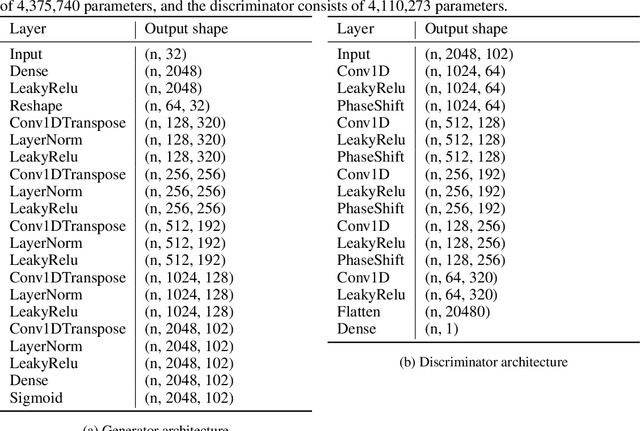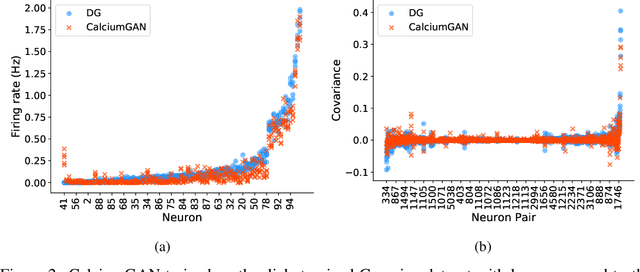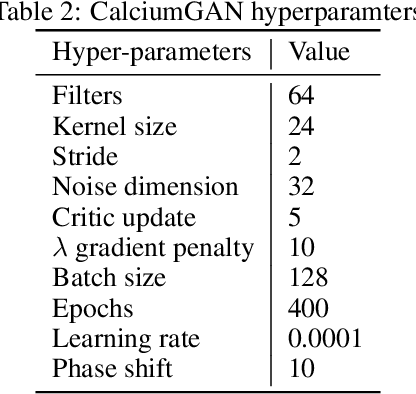CalciumGAN: A Generative Adversarial Network Model for Synthesising Realistic Calcium Imaging Data of Neuronal Populations
Paper and Code
Sep 08, 2020



Calcium imaging has become a powerful and popular technique to monitor the activity of large populations of neurons in vivo. However, for ethical considerations and despite recent technical developments, recordings are still constrained to a limited number of trials and animals. This limits the amount of data available from individual experiments and hinders the development of analysis techniques and models for more realistic size of neuronal populations. The ability to artificially synthesize realistic neuronal calcium signals could greatly alleviate this problem by scaling up the number of trials. Here we propose a Generative Adversarial Network (GAN) model to generate realistic calcium signals as seen in neuronal somata with calcium imaging. To this end, we adapt the WaveGAN architecture and train it with the Wasserstein distance. We test the model on artificial data with known ground-truth and show that the distribution of the generated signals closely resembles the underlying data distribution. Then, we train the model on real calcium signals recorded from the primary visual cortex of behaving mice and confirm that the deconvolved spike trains match the statistics of the recorded data. Together, these results demonstrate that our model can successfully generate realistic calcium imaging data, thereby providing the means to augment existing datasets of neuronal activity for enhanced data exploration and modeling.
 Add to Chrome
Add to Chrome Add to Firefox
Add to Firefox Add to Edge
Add to Edge